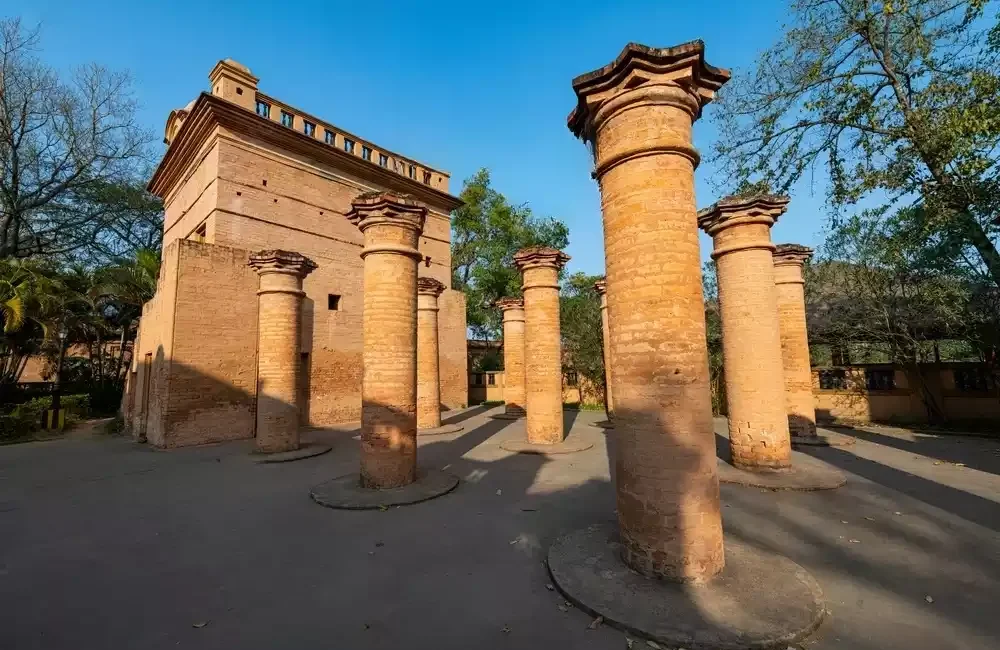Imphal West District: An In-Depth Exploration
Introduction
Imphal West, a district in the northeastern Indian state of Manipur, stands as a region rich in cultural heritage, historical significance, and natural beauty. This article delves into the various facets of Imphal West, covering its demographics, culture, geography, cuisines, history, notable poets and authors, and administrative framework.
Demography
Imphal West is characterized by a diverse population composed of various ethnic groups. The major communities include the Meitei, Nagas, Kukis, and smaller indigenous tribes. According to the 2011 Census, the district has a population of approximately 517,992. The literacy rate is impressively high, reflecting the district's emphasis on education and intellectual development. The district also has a balanced gender ratio, contributing to a progressive social structure.
Culture
The culture of Imphal West is a vibrant blend of traditional and contemporary practices. Traditional dance forms like the Ras Lila and Pung Cholom are integral to the cultural fabric, often performed during festivals and religious ceremonies. Handloom and handicrafts, such as the famous Manipuri saris and bamboo crafts, highlight the artistic skills of the local population.
Festivals
- Yaoshang (Holi): A major festival celebrated with much enthusiasm, involving traditional sports and Thabal Chongba, a traditional dance.
- Lai Haraoba: A ritualistic festival that depicts the creation of the universe, celebrated with dances and songs.
- Kang (Rath Yatra): A festival that involves pulling of chariots and is significant in Vaishnavism.
Traditional Attire
- Innaphi and Phanek: Traditional dresses worn by women.
- Dhoti and Pheta: Traditional attire for men, often seen during cultural events and festivals.
Geography and Topography
Imphal West is situated in the central part of Manipur and is part of the Imphal Valley. The district is flanked by hills and is drained by several rivers, including the Imphal River. The topography is a mix of flat plains and gently undulating terrain, making it suitable for agriculture.
Climate
The district experiences a humid subtropical climate with a distinct monsoon season. Summers are warm, while winters are mild. The average annual rainfall is substantial, supporting the lush greenery of the region.
Cuisines
The culinary landscape of Imphal West is a testament to its cultural diversity. The cuisine is known for its use of local herbs, fermented ingredients, and fresh produce.
Popular Dishes
- Eromba: A mashed dish made with boiled vegetables and fermented fish.
- Ngari: Fermented fish used as a flavoring ingredient in various dishes.
- Chak-hao Kheer: A dessert made from black rice, milk, and sugar.
Beverages
- Zutho: A traditional rice beer.
- Lassi: A popular yogurt-based drink.
History
The history of Imphal West is marked by significant events and influential rulers. The district has been a witness to various historical milestones, including the Anglo-Manipur War of 1891 and the Battle of Imphal during World War II.
Historical Landmarks
- Kangla Fort: The ancient seat of the Manipur kings, now a historical and archaeological site.
- War Cemeteries: Memorials for the soldiers who fought in the Battle of Imphal.
Poets and Authors
Imphal West has produced several notable poets and authors who have made significant contributions to Manipuri literature.
Renowned Figures
- R.K. Narayan: An influential author known for his works that depict the cultural and social life of Manipur.
- E. Nilakanta Singh: A poet whose works are celebrated for their lyrical beauty and depth.
Administration
The administrative structure of Imphal West is well-organized, with the district divided into several subdivisions and blocks for efficient governance.
Administrative Divisions
- Subdivisions: Lamphelpat and Patsoi are the two main subdivisions.
- Blocks: The district is further divided into blocks for local administration.
Governance
The district is headed by a Deputy Commissioner, who oversees the implementation of government policies and developmental programs. Law and order are maintained by the district police, ensuring a safe and secure environment for the residents.
Diagram: Administrative Structure of Imphal West District
Conclusion
Imphal West district, with its rich cultural heritage, diverse demography, and historical significance, stands as a testament to the vibrant spirit of Manipur. From its traditional festivals and cuisine to its literary contributions and well-structured administration, the district offers a unique blend of the past and present. As Imphal West continues to progress, it remains deeply rooted in its traditions, forging a path that honors its historical legacy while embracing modernity.
